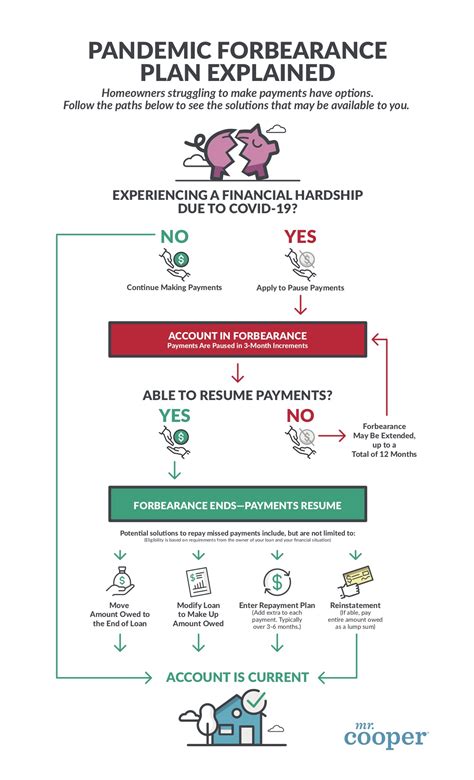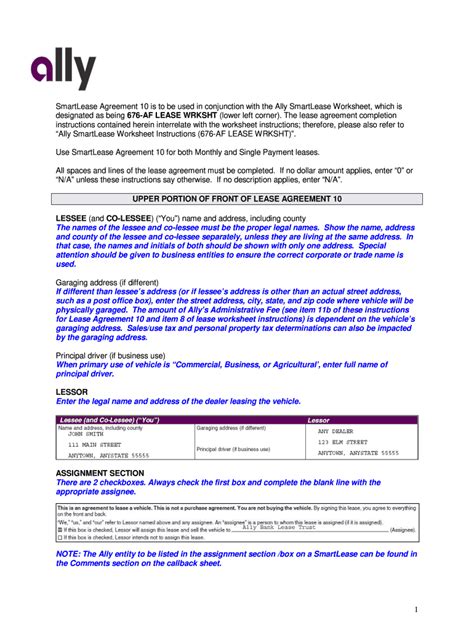Introduction:
The death of a cosigner on a student loan can be a difficult and complex situation. It raises important questions about the responsibilities of the estate and the options available to the borrower. This article aims to provide an overview of co-signer release and estate liability in the context of student loan cosigner death.

1. Understanding Co-Signer Release:
Co-signer release is a process that allows the borrower to take over full responsibility for the student loan debt without the involvement of the cosigner. This can be a crucial step for borrowers who wish to manage their student loans independently or who want to avoid potential estate liability.
1.1 Conditions for Co-Signer Release:
In most cases, to qualify for a co-signer release, the borrower must meet certain conditions, such as:
– Maintaining a good credit history
– Demonstrating a certain level of income or employment
– Having made timely payments for a specified period
– Meeting other requirements set by the lender
1.2 Process of Co-Signer Release:
The process of co-signer release typically involves the following steps:
– Contacting the lender to express interest in releasing the cosigner
– Providing necessary documentation to prove eligibility
– Waiting for the lender’s approval
– Signing a new agreement with the lender, assuming full responsibility for the loan
2. Understanding Estate Liability:
When a cosigner passes away, the estate may be responsible for the remaining student loan debt. Estate liability refers to the obligation of the deceased cosigner’s estate to pay off the loan balance.
2.1 Determining Estate Liability:
Estate liability is determined based on the terms of the loan agreement and the laws of the state where the deceased cosigner resided. In some cases, the estate may be liable for the entire loan balance, while in others, it may only be responsible for a portion of the debt.
2.2 Disposition of the Estate:
If the estate’s assets are insufficient to cover the student loan debt, the remaining balance may be discharged. However, if the estate’s assets are sufficient, the executor or administrator of the estate may be required to pay off the debt from the estate’s funds.
3. Comparing Co-Signer Release and Estate Liability:
3.1 Co-Signer Release:
– Offers borrowers the opportunity to take full responsibility for the loan
– Can help borrowers avoid potential estate liability
– Requires meeting specific conditions and undergoing a release process
3.2 Estate Liability:
– Involves the deceased cosigner’s estate being responsible for the remaining loan balance
– Depends on the state’s laws and the terms of the loan agreement
– May require the executor or administrator of the estate to pay off the debt from the estate’s funds
Conclusion:
The death of a cosigner on a student loan presents complex challenges for borrowers and their estates. Understanding the options for co-signer release and estate liability is crucial in navigating this difficult situation. Borrowers should explore their eligibility for co-signer release and consult with legal professionals to ensure they make informed decisions regarding their student loan obligations.



